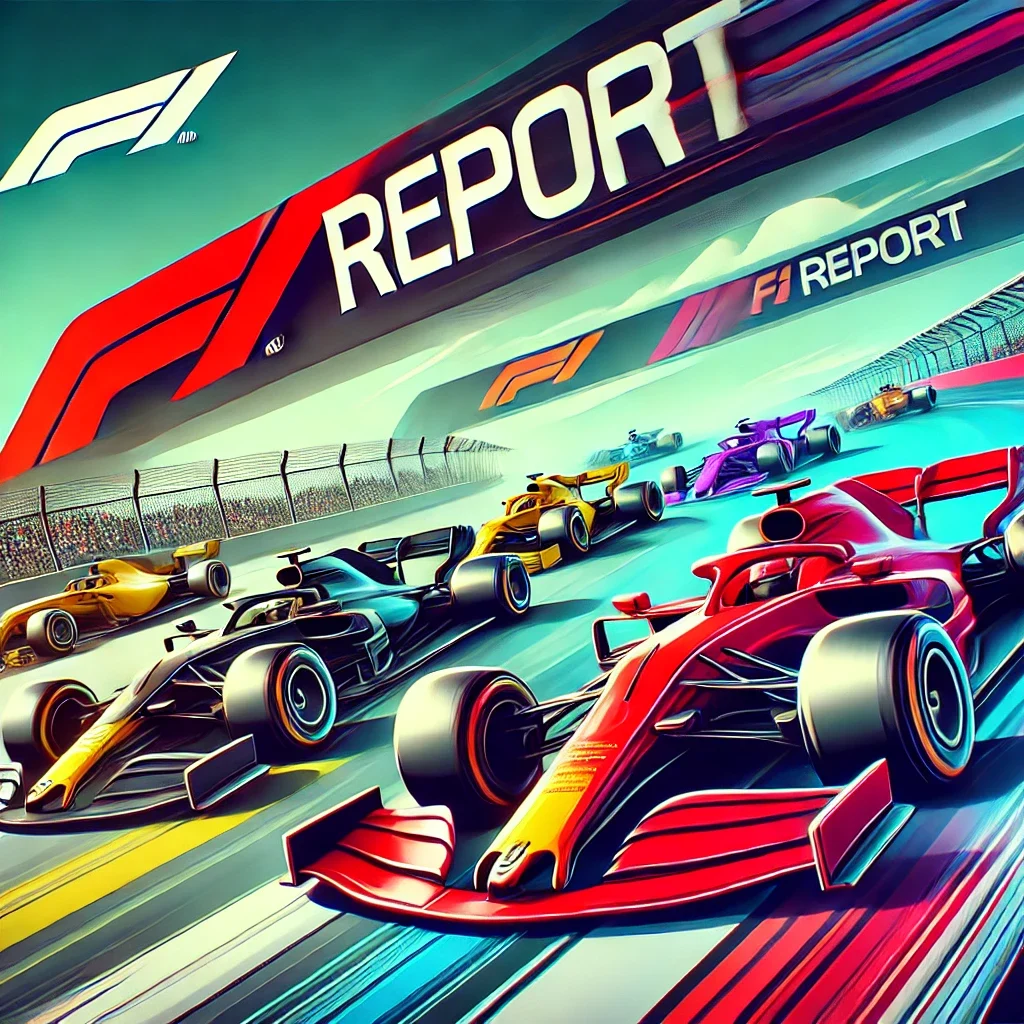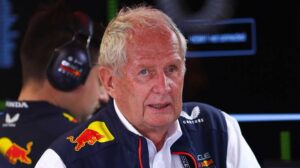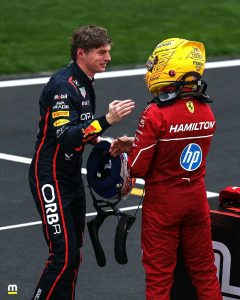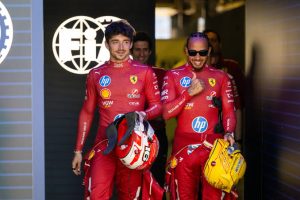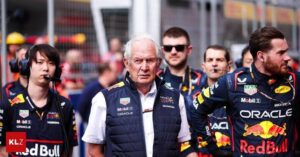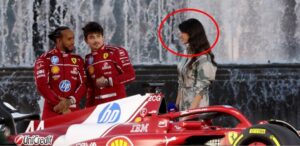Mercedes investigate Lewis Hamilton setup with main W15 struggles revealed
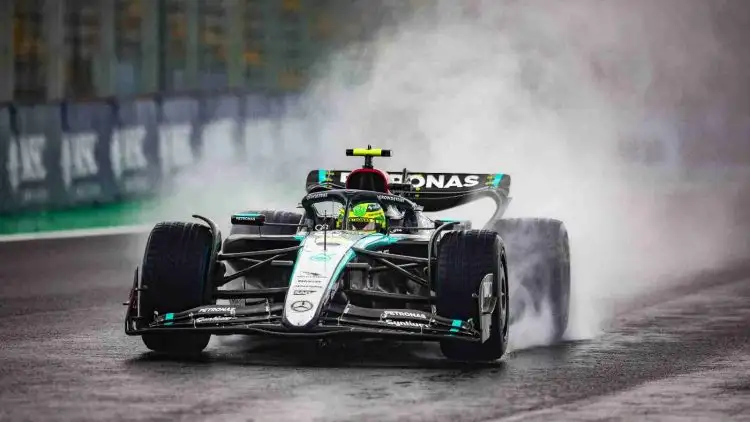
Mercedes investigate Lewis Hamilton setup with main W15 struggles revealed
- Mercedes is investigating why Lewis Hamilton struggled so much with the setup of his W15 in Brazil, an issue highlighted by Andrew Shovlin, Mercedes’ trackside engineering director. Hamilton, who has won three times at the Interlagos circuit, called this version of the W15 the “worst” car he’s ever driven, as he faced persistent difficulties with rear-end grip and bouncing on the newly-resurfaced track.
Hamilton had a difficult weekend, leaving Brazil with just a single point, despite 34 being available through both Sprint and Grand Prix events. He finished P11 in both Sprint qualifying and the Sprint race itself, struggling in the dry conditions and experiencing significant bouncing, which brought back memories of Baku 2022, where Hamilton was visibly uncomfortable due to the impact of the car’s harsh bouncing.
Explaining the experience, Hamilton noted that the car “was hitting so hard” down the straight, which led the team to lift the car’s ride height. While this helped alleviate some of the intense impacts, it didn’t fully resolve the issues, especially in terms of grip and balance. The car still lacked pace, and by Sunday morning’s qualifying session, Hamilton found himself struggling even more. He was eliminated in Q1, ending up in 16th place, frustrated and audibly disappointed as he returned to the pits while his teammate, George Russell, qualified in second.
After the disappointing qualifying session, Hamilton told the media that this was “the worst” car he’s driven and didn’t expect to “go very far” in the race. However, he managed to salvage a single point by finishing 10th in the Grand Prix later in the afternoon. Meanwhile, Russell maintained strong form, finishing fourth and even contending for a podium position before a red flag ended his chances. Despite this, Hamilton was still unhappy with the car, comparing it to a “plank of wood” with no suspension and saying it was “just bouncing on the tyres, everywhere.”
Shovlin acknowledged the challenges with Hamilton’s car setup, especially as Hamilton experienced issues with rear grip that didn’t appear to affect Russell in the same way. Typically, Shovlin explained, Mercedes allows its drivers to explore their own setups, making adjustments individually and even transferring successful configurations between cars if one setup proves effective. However, in this instance, Hamilton’s rear grip issues weren’t immediately traceable to his setup choices.
The Sprint race conditions seemed to compound these problems, according to Shovlin. In low-grip situations like those Hamilton faced, more oversteer on corner exits generates additional temperature, which only worsens the car’s handling issues. Hamilton’s engineering team is now focused on analyzing the data from the Brazil weekend to try and identify the cause of the rear-end grip struggles ahead of the Las Vegas Grand Prix.
Shovlin also pointed out that the unpredictable weather and changing track conditions added to the complexity of car setup. The Sprint qualifying and Sprint race took place in hot, dry conditions, while qualifying and the main race occurred in wet weather. These variations made it harder for the team to consistently refine the car’s setup from one session to the next, which may have prevented them from addressing Hamilton’s setup issues.
With three races left in the season, Hamilton now trails Russell by just two points, putting added pressure on the Mercedes team to address these handling challenges in order to give Hamilton a better chance in the final rounds. As Shovlin and Hamilton’s team work to resolve these issues, the focus will remain on ensuring the W15 can deliver a competitive performance in Las Vegas.
